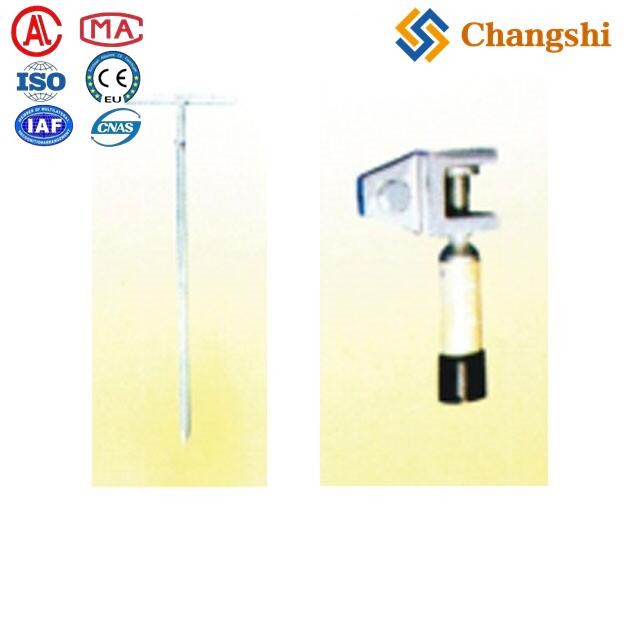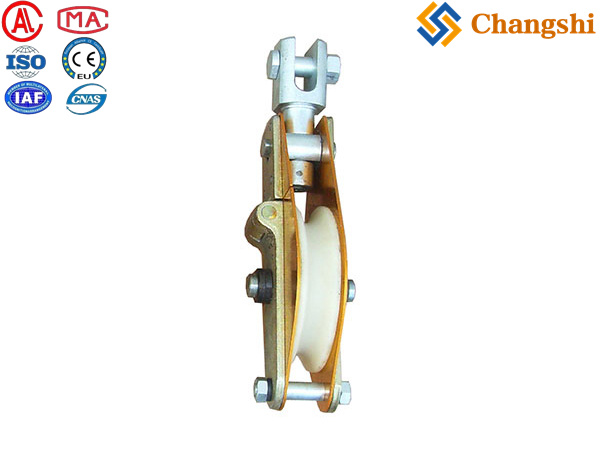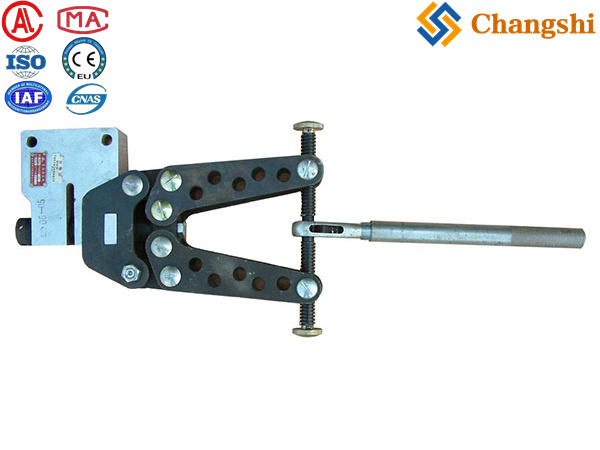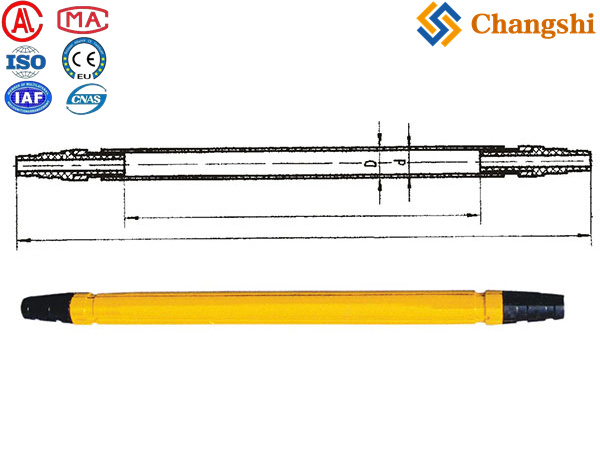
Overhead Power Transmission Distribution Line Tools Grounding Pole Rod Electrode
A grounding pole (also called a grounding rod or electrode) is a metal conductor—often copper or galvanized steel—buried in the earth to provide a direct electrical connection between an electrical system and the ground.
- Transmission Line Wire Cable Conductor Tension Stringing Equipment
- Transmission Conductor Tension Stringing Equipment For Overhead Power Lines
- Tools For Power Lines,Substation,Electrical Construction & Maintenance
- Electric Power Transmission Distribution Line Construction Machine Tools
- Overhead Power Transmission Distribution Line Repair Hardware Fittings
- Underground Cable Laying Pulling Installation Equipment Machine Tools Accessories
- Information
- Video
A grounding pole (also called a grounding rod or electrode) is a metal conductor—often copper or galvanized steel—buried in the earth to provide a direct electrical connection between an electrical system and the ground. Its main functions are:
-
(such as from lightning or faults) safely into the earth.
-
from electric shock and damage by providing a low-resistance path for fault currents.
-
in electrical systems by referencing them to earth potential.
Grounding poles are essential in both residential and industrial electrical systems. They are typically installed vertically, with a standard length of 8 feet or more, and are connected to the main electrical panel via a grounding conductor.
A grounding end clip (also known as a ground clip or earthing clip) is a device used to establish a secure and reliable connection between a grounding conductor (wire) and a metal surface, such as a junction box, panel, or the grounding pole itself. Its key roles include:
-
for electrical currents to flow safely to ground in the event of a fault.
-
and maintaining a consistent electrical connection, even under vibration or thermal expansion.
-
on metal surfaces to ensure good electrical contact, especially in applications like solar panel installations.
-
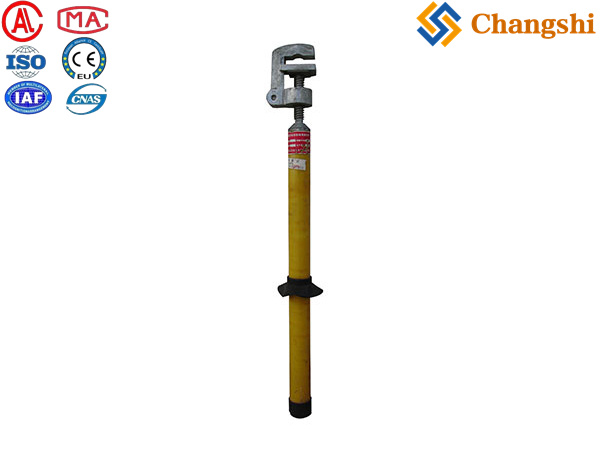

-
Connecting grounding wires to metal junction boxes or panels in electrical installations.
-
Securing grounding conductors to grounding rods or poles.
-
Used in solar photovoltaic (PV) systems to bond modules and mounting structures.
-
The grounding end clip is typically forced onto the metal surface, ensuring a tight fit and good electrical contact.
-
For painted or coated surfaces, the contact area should be cleaned to bare metal to ensure conductivity.
-
Some clips are designed for quick installation without screws, while others allow for permanent attachment with a sheet metal screw.
| Component | Function | Typical Material | Application Example |
|---|---|---|---|
| Grounding Pole | Dissipates fault/lighting current to earth | Copper, steel | Buried near electrical panel |
| Grounding End Clip | Connects ground wire to metal surface/rod | Spring steel, copper | Securing ground wire to box/rod |

-
are the main interface between an electrical system and the earth, ensuring safety and system stability.
-
are essential accessories that ensure reliable, low-resistance connections between grounding conductors and metal surfaces or rods.
-
Both components are critical for effective electrical grounding and safety in any installation.
Proper installation and secure connections are vital. Always ensure that grounding clips are tightly attached and that contact surfaces are clean and conductive to maintain system safety and performance.

